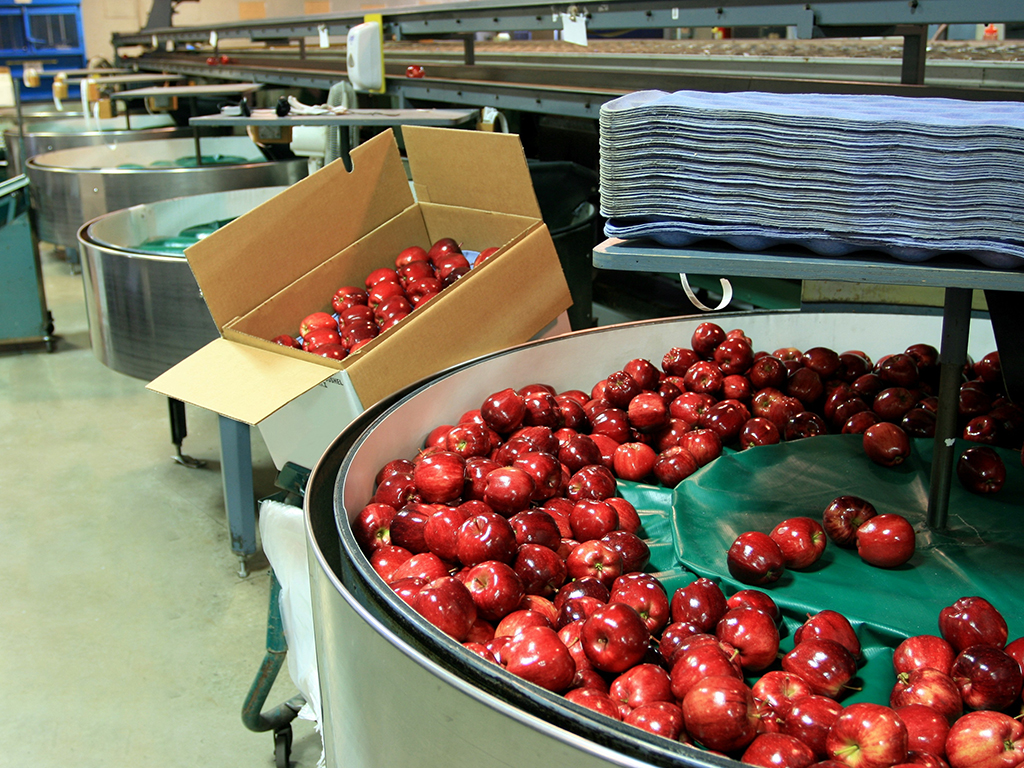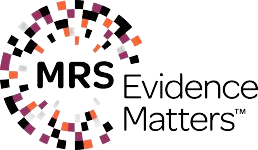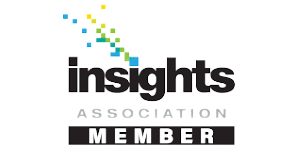Report Overview
- Understand the latest market trends and future growth opportunities for the Post-Harvest Treatment industry globally with research from the Global Industry Reports team of in-country analysts – experts by industry and geographic specialization.
- Key trends are clearly and succinctly summarized alongside the most current research data available. Understand and assess competitive threats and plan corporate strategy with our qualitative analysis, insight, and confident growth projections.
- The report will cover the overall analysis and insights in relation to the size and growth rate of the “Post-Harvest Treatment Market” by various segments at a global and regional level for the 2010-2028 period, with 2010-2021 as historical data, 2022 as a base year, 2023 as an estimated year and 2023-2028 as forecast period.
Description:
- The post-harvest treatment market is expected to grow from USD 1.7 billion in 2022 to USD 2.7 billion by 2028, with a CAGR of 7.8%. The growth of the market is driven by the rising middle-class population and increasing consumer spending on packaged food and exotic fruits & vegetables, especially in Asia. Asia is expected to account for 42% of the total middle-class consumer spending worldwide by 2020 and 59% by 2030, according to the OECD. This is fueling demand for exotic fruits & vegetables and post-harvest treatment in the region.
Market Drivers:
The increasing need to reduce post-harvest losses is a major driver for the post-harvest treatment market. Fruits and vegetables are perishable in nature and are prone to post-harvest losses due to various factors like physical, physiological, and mechanical conditions, along with hygiene. This leads to shorter shelf life and higher losses in developing regions like Asia Pacific, South America, and Africa due to inefficiency in collection and transportation. Post-harvest treatment practices like cleaning, washing, selection, grading, disinfection, drying, packaging, and storage help in maintaining the quality of crops, removing undesirable elements, improving appearance, and increasing shelf life. This reduces crop losses due to microbial and environmental factors and helps meet quality checks required by regulatory bodies, thus driving the growth of the post-harvest treatment market.
Market Restraints:
Lack of infrastructure and improper post-harvest handling are major restraints for the growth of the post-harvest treatment market. Improper post-harvest handling can lead to losses due to factors such as weather conditions, production practices, management decisions, transportation facilities, grading issues, consumer preferences, financial markets, and more. Inadequate infrastructure and awareness in developing regions to protect fruits and vegetables after harvesting is another factor that is hindering the market growth. This is especially seen in regions like Asia Pacific, Africa, and South America, where the supply chain is not fully mechanized and the availability of required equipment for smallholder farmers is limited. These factors lead to post-harvest losses due to inadequate technology and transport infrastructure.
Market Opportunity:
The development of organic and bio-based post-harvest products such as edible coatings is an opportunity for the post-harvest treatment market. Growing consumer demand for better food quality and safety, and a focus on maintaining healthy diets, are driving the demand for organic food products. The demand for organic fruits and vegetables is expected to grow significantly, particularly in developed regions such as North America and Europe, and emerging in other developing regions such as the Asia Pacific. The production of organic fruits and vegetables requires chemical-free and eco-friendly post-harvest treatment methods. Edible coating is one such method that offers a protective and glossy covering to fruits, while being healthy and biodegradable. This presents a growth opportunity for the post-harvest treatment market.
Ethylene blockers:
The Asia Pacific region accounted for the highest market share for ethylene blockers in the post-harvest treatment market. The region has a high demand for tropical fruits, which has led to an increase in the use of ethylene blockers to delay the ripening process and improve the shelf life of these fruits. Products such as ethylene filters, ethylene sachets, and granules, which are non-toxic and leave no chemical residue in fruits, are contributing to the demand for ethylene blockers in the region. This is also driven by the increasing demand for organic and eco-friendly post-harvest treatment methods.
MARKET DATA INCLUDED
- Unit Sales, Average Selling Prices, Market Size & Growth Trends
- COVID-19 Impact and Global Recession Analysis
- Analysis of US inflation reduction act 2022
- Global competitiveness and key competitor percentage market shares
- Market presence across multiple geographies – Strong/Active/Niche/Trivial
- Online interactive peer-to-peer collaborative bespoke updates
- Market Drivers & Limiters
- Market Forecasts Until 2028, and Historical Data to 2015
- Recent Mergers & Acquisitions
- Company Profiles and Product Portfolios
- Leading Competitors
The Report Includes:
- The report provides a deep dive into details of the industry including definitions, classifications, and industry chain structure.
- Analysis of key supply-side and demand trends.
- Detailed segmentation of international and local products.
- Historic volume and value sizes, company, and brand market shares.
- Five-year forecasts of market trends and market growth.
- Robust and transparent research methodology conducted in-country.
- Qualitative and quantitative analysis of the market based on segmentation involving both economic as well as non-economic factors.
- Provision of market value (USD Billion) data for each segment and sub-segment.
- Analysis by geography, region, Country, and its states.
- A brief overview of the commercial potential of products, technologies, and applications.
- Company profiles of leading market participants dealing in products category.
- Description of properties and manufacturing processes.
- Marketed segments on the basis of type, application, end users, region, and others.
- Discussion of the current state, setbacks, innovations, and future needs of the market.
- Examination of the market by application and by product sizes; utility-scale, medium scale and small-scale.
- Country-specific data and analysis for the United States, Russia, China, Germany, United Kingdom, France, Japan, Israel, Saudi Arabia, South Korea, United Arab Emirates, Canada, Switzerland, Australia, India, Italy, Turkey, Qatar, Sweden, Spain, Belgium, Netherlands, Norway, Singapore, Egypt, Denmark, Austria, Vietnam, Brazil, Argentina, Mexico, South Africa, and others.
- Coverage of historical overview, key industrial development and regulatory framework.
- Analysis of competitive developments, such as contracts & agreements, expansions, new product developments, and mergers & acquisitions in the market.
- A look at the opportunities in the market for stakeholders and provide a competitive landscape of the market leaders.
Reports Scope and Segments:
| Report Attribute | Details |
| Market size value in 2022 | USD 1.7 Billion |
| Revenue forecast in 2028 | USD 2.7 Billion |
| Growth Rate | CAGR of 7.9% from 2022 to 2028 |
| Base year for estimation | 2022 |
| Historical data | 2015 – 2021 |
| Forecast period | 2022 – 2028 |
| Quantitative units | Revenue in USD million and CAGR from 2022 to 2028 |
| Report coverage | Revenue forecast, company ranking, competitive landscape, growth factors, trends, DROT Analysis, Market Dynamics and Challenges, and Strategic Growth Initiatives
COVID-19 Impact, Market Growth Trends, Market Limiters, Competitive Analysis & SWOT for Top Competitors, Mergers & Acquisitions, Company Profiles, Product Portfolios Market Size, Market Shares, Market Forecasts, Market Growth Rates, Units Sold, and Average Selling Prices. |
| Segments covered | Product, Type, Crop, Origin, Region |
| Regional scope | North America; Europe; Asia Pacific; Latin America; Middle East and Africa and rest of the world |
| Country scope | United States, Russia, China, Germany, United Kingdom, France, Japan, Israel, Saudi Arabia, South Korea, United Arab Emirates, Canada, Switzerland, Australia, India, Italy, Turkey, Qatar, Sweden, Spain, Belgium, Netherlands, Norway, Singapore, Egypt, Denmark, Austria, Vietnam, Brazil, Argentina, Mexico, South Africa, and others. |
| Key companies profiled | AgriCoat NatureSeal Ltd.; AgroFresh; Apeel Sciences; BASF; Bayer; Ceradis; Citrosol; Colin Campbell Pty Ltd.; Decco; Fomesa Fruitech; Futureco Bioscience; Janssen PMP; JBT Corporation; Nufarm; Pace International; Polynatural; Post Harvest Solution Ltd.; Sufresca; Syngenta; Xeda International and others |
| Customization scope | Free report customization (equivalent up to 20 analyst’s working days) with purchase. Addition or alteration to country, regional & segment scope. |
| Report Format | PDF, PPT, Excel & Online User Account |
By Type
- Coatings
- Ethylene Blockers
- Cleaners
- Fungicides
- Sprout Inhibitors
- Sanitizers
- SO2-generating pads, MAP Bags, and absorbers.
By Crop type
- Fruits
- Apples
- Citrus Fruits
- Bananas
- Grapes
- Pears
- Stone Fruits
- Avocado
- Mango
- Dates
- Lychee
- Cherry
- Other Stone Fruits
- Pineapple
- Berries
- Strawberry
- Blackcurrant
- Blueberry
- Raspberry
- Red Currants
- Other Berries
- Papaya
- Kiwi
- Figs
- Other Fruits
Vegetables
- Tomato
- Potato
- Broccoli
- Cauliflower
- Peppers
- Asparagus
- Ginger
- Onion
- Other Vegetables
Flowers & Ornamentals
- Roses
- Other Flowers & Ornamentals
By Origin
- Natural
- Synthetic
By Geography
- North America
- Europe
- Asia-Pacific
- Latin America
- Middle East & Africa (MEA)
Companies Covered in Report:
| AgriCoat NatureSeal Ltd. | Futureco Bioscience |
| AgroFresh | Janssen PMP |
| Apeel Sciences | JBT Corporation |
| BASF | Nufarm |
| Bayer | Pace International |
| Ceradis | Polynatural |
| Citrosol | Post Harvest Solution Ltd. |
| Colin Campbell Pty Ltd | Sufresca |
| Decco | Syngenta |
| Fomesa Fruitech | Xeda International |
After Sales Support
- Every updated edition of the report and full data stack will be provided at no extra cost for 24 months.
- Latest 2022 base year report.
- Free Updated edition of 2023 every quarter without any hidden cost.
- No user limitation for the report. Unlimited access within the organization.
- Unrestricted post-sales support at no additional cost
- Free report customization (equivalent up to 10 analyst’s working days) with purchase. Addition or alteration to country, regional & segment scope
- Global Industry Reports will support your post-purchase for a period of 24 months to answer any of your queries related to the following market and to provide you any more data needed, for your analysis.
- Option to purchase regional or some selected Chapters from the report.
Key questions that are answered in this report
- Which region is projected to account for the largest share in the post-harvest treatment market?
- What is the current size of the global post-harvest treatment market?
- Which are the key players in the market, and how intense is the competition?
- Which region is projected to account for the largest share of the post-harvest treatment market?
- Which crop type is projected to account for the largest share of the post-harvest treatment market?










